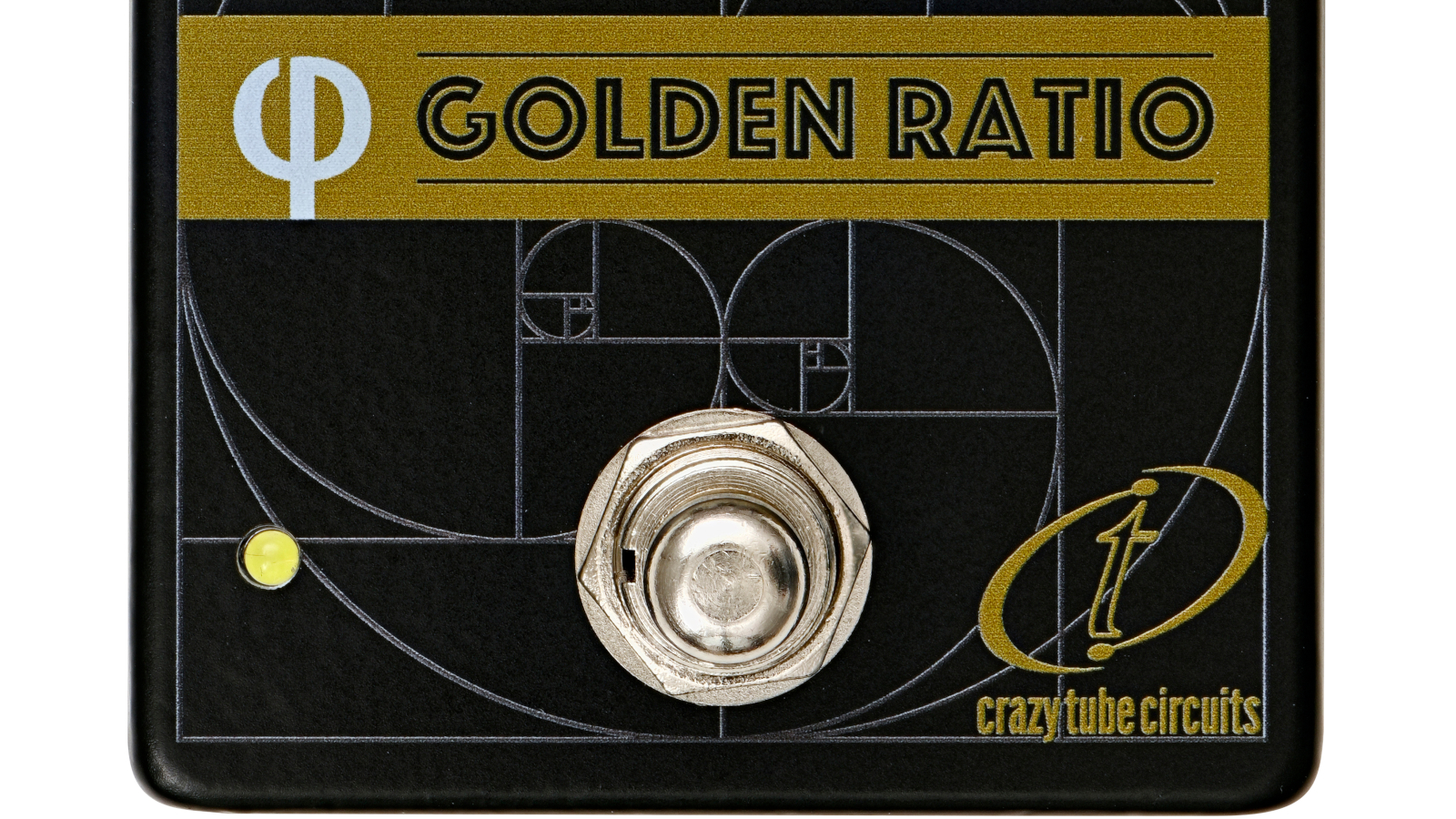GuitarPlayer Verdict
Its massive scope of tonal options means this could be the only compressor pedal you’ll ever need.
Pros
- +
Extremely versatile
- +
Studio quality compressor in a pedalboard friendly housing
Cons
- -
May be more control than you need
You can trust Guitar Player.
Compression may be the least understood of effects.
The easiest way to comprehend it is to think about turning a simple tube amp up. As you increase the volume, the amp gets louder and the tubes begin to distort.
Past a certain point, however, the distortion increases but the amp ceases to get any louder. That is compression at work. The tubes have placed a cap on how loud the signal can get.
This effect can increase the apparent sustain of your electric guitar, and a compressor pedal performs a similar function, but without the distortion.
Cutting my teeth in the clubs of Manhattan, where any kind of volume is frowned upon by the people who live upstairs, I relied on an MXR Dynacomp, the only compressor pedal available at the time, to supply sustain at low volume.

While the Dynacomp offered only two controls – volume and sensitivity – the Crazy Tube Circuits Golden Ratio compressor offers the tweakability of a studio rack compressor or a sophisticated plug-in simulation.
Threshold, which determines how much signal the pedal needs to see before the compression kicks in, helped me adjust the effect to best suit single-coils or humbuckers.
All the latest guitar news, interviews, lessons, reviews, deals and more, direct to your inbox!
Using the ratio control, I could determine how much the pedal squashed the sound once it kicked in.
The attack knob let me choose settings that quickly damped down the attack for something like pedal-steel swells or snappy chicken picking, or slower ones that kept some of the transients for locking funk rhythm parts to a track.
Release set the amount of time until the compressed sound returned to the original levels, and a long release kept the signal going.

The Golden Ratio includes three separate compressor circuits available through a toggle switch.
The FET compressor adds its own color to the signal and can be set for super-fast response.
OTA recalled the circuit type used in many pedal compressors, while in Opto mode, a photocell combined with a feedback detector circuit produced smoother attack-and-release characteristics for a slightly subtler effect.
The controls reacted differently depending on the mode.

There is no tone control, but the pedal is pretty transparent, and the blend control let me introduce as much uncompressed, original signal as I liked, which helped maintain tone and attack.
Finally, the volume knob acted like the makeup gain feature on studio compressors, bringing back any level lost through compressing the signal.
The volume control also worked when blend was set to no compression, so I could use the Golden Ratio as a pure boost pedal to drive my amp or an overdrive pedal.
Even when using it as a booster, I preferred to add some compression, as it tightened up the grit, helping my lines cut through the band.

Although I’ve used compression for decades, I still have trouble getting my head around exactly how all those controls interact.
Fortunately, neither I nor you have to fully understand the science – we can just turn the knobs until the sound is improved, and with the Golden Ratio, you’ll find a plethora of settings that do exactly that.
Specifications:
- CONTROLS: Volume, blend, ratio, threshold, attack and release. Three-way mode switch
- EXTRAS: Internal FET circuit ratio/distortion trimmer, 9V or 18V switch, high/low makeup gain switch
- SIZE: 5” x 3” x 2” (approximately)
- BUILT: Greece
Visit Crazy Tube Circuits for more information.

